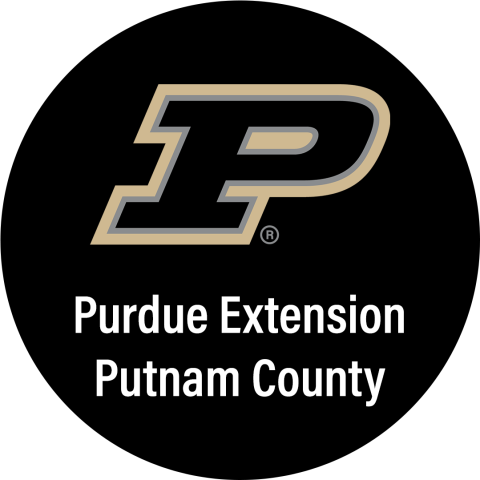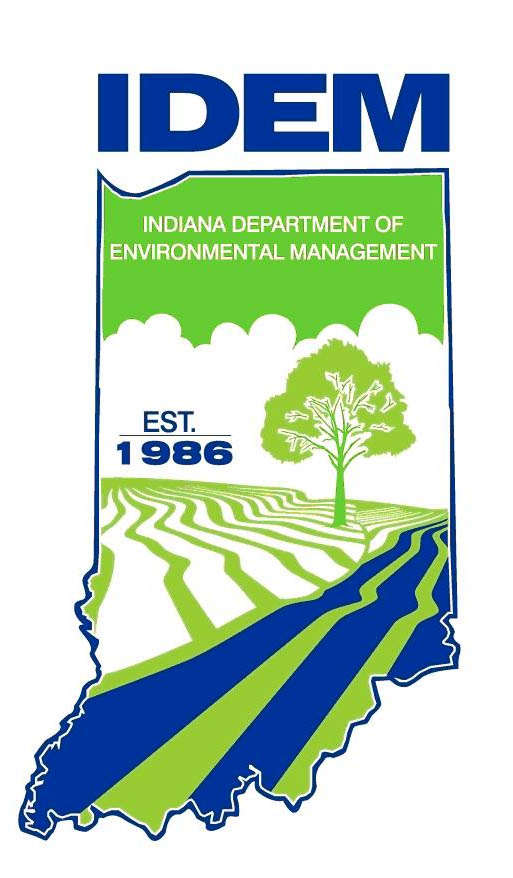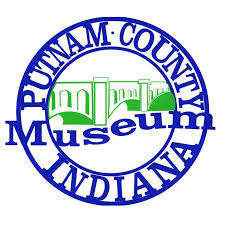
It is not uncommon to hear individuals talk about pollinators and/or a pollinator garden. Pollinators are important to our daily lives. It is estimated that 1 in every 3 bites of food is due to pollinators. Additionally, it is estimated over $18.9 billion dollars’ worth of crops in the United States depend on pollinators.
The term pollinator refers to an animal that assist plants through the pollination process. They do this by moving pollen from one part of the flower of a plant to another part. This pollen then fertilizes the plant. Indiana is home to 430 different species of bees, 144 different species of butterflies, more than 2,000 different species of moths, and many different species of flower-visiting flies, wasps, ants, and beetles who serve as pollinators. Some of the common pollinators that individuals think about are honeybees, bumblebees, carpenter bees, monarch butterflies, swallowtail butterflies, and the Luna moth.
To help pollinators thrive, many individuals have designated a portion of their property as a pollinator habitat. Pollinator habitats are often made with a variety of native plants that bloom in different colors, shapes, and sizes. This is important because different pollinators like different types of flowers. For example, red tubular flowers with a nectar reward tend to attract hummingbirds. Bees and flies with shorter mouthparts often visit daisy-like flowers that provide nectar and pollen in shallow flowers.
Pollinator habitats often have plants that are blooming throughout the growing season (spring, summer, and fall). Lastly, pollinator habitats often contain plants that some individuals would classify as weeds because they provide food for the pollinators, including dandelions, milkweed, goldenrod, and clover.
As you consider planting more pollinator friendly plants on your property, you may want to take the time to look at POL-6 Recommended Indiana-Native Plants for Attracting Pollinators from Purdue Extension. This publication will provide you with a list of plants that you may want to consider planting. It provides you with information such as when it blooms, what color it blooms, what growing conditions it needs, and if it is hard to find. For instance, if you are looking for a native tree that is pollinator friendly, you could try a red maple (Acer rubrum). According to this publication, red maple trees can handle wet mesic to dry mesic soil moisture, gets up to 95 feet tall, has yellow flowers in the spring, and is great for bees, butterflies, moths, flies, and wasps. In comparison, the Ohio buckeye (Aesculus glabra) gets to 35 feet tall, has yellow flowers in the spring, and is great for bees and hummingbirds.
For more information regarding this week’s column topic or to RSVP for upcoming events. It is always best to call first to assure items are ready when you arrive and to RSVP for programs. While many publications are free, some do have a fee. Purdue University is an equal access/equal opportunity institution. All times listed are Eastern Time.
Upcoming Events:
June 29 – Exploring 4-H Field Day, see 4honline email
June 30 – Public Speaking Demonstration and Summer Judging 4-H contests, Fairgrounds, 5 pm.
July 12 – Forest Management and Selling Timber webinar, 12 pm, register at
https://women4theland.org/upcoming-events
July 12 – FairEntry.com deadline for all 4-H projects (except rabbits July 16) entered for county fair
July 22-29 – Putnam County 4-H Fair


 IDEM offers elementary school classes to celebrate Earth Day
IDEM offers elementary school classes to celebrate Earth Day
 Kandee Cook to serve as GIANT fm account executive in both Rockville and Greencastle
Kandee Cook to serve as GIANT fm account executive in both Rockville and Greencastle
 The Putnam County Museum announces Sunday opening hours
The Putnam County Museum announces Sunday opening hours

